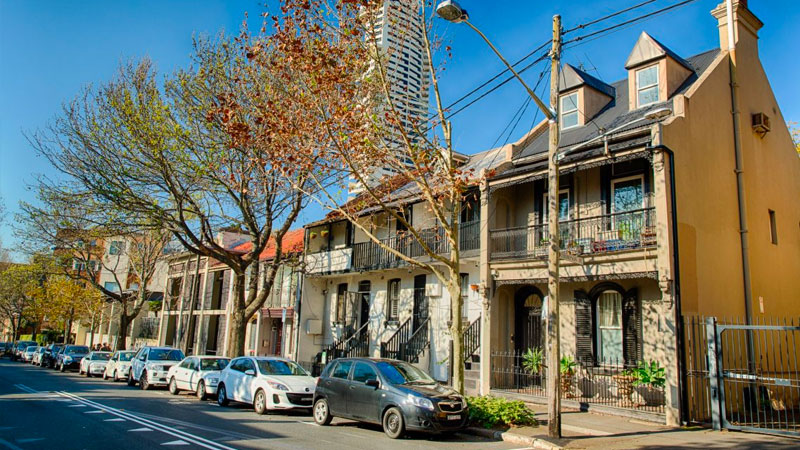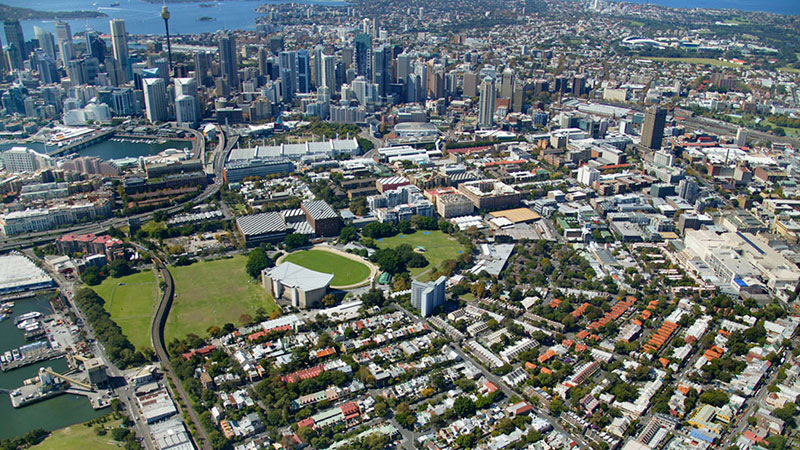House prices falls are expected to continue primarily in Sydney and Melbourne over the course of the year before rising "modestly" in 2020, according to a new report.
Australia’s house price downturn, now officially the largest on record, is expected to trough in the third quarter of 2019 according to Moody's Analytics second quarter 2019 Housing Forecast Report, with the use of historical data from the Corelogic hedonic home value index.
Following 20 months of consecutive declines, including another 0.4 per cent fall in May, prices have now fallen a cumulative 8.2 per cent, surpassing the previous record downturn seen in the early 1980s.
Many industry analysts anticipate that residential property prices are projected to recover from 2020-21 supported by strong population growth along with ongoing low interest rates.
Financial intelligence firm Moody's Analytics has weighed in, forecasting a 7.8 per cent national housing value decline in 2019, with prices to recover in 2020, rising 2.2 per cent before a 4.7 per cent increase across the country in 2021.

Tighter lending standards, initially targeted at investors and interest-only borrowers before evolving to household expenses and existing debt levels, has been a major factor behind the decline in prices seen since late 2017.
Since the confirmation of the re-elected Coalition, housing stimulus policies have been well under way — indicating that regulators will do whatever it takes to avoid a hard landing.
Recent cash rate cuts alongside expected improvement in credit availability from APRA, have widely improved national sentiment, although Moody’s Analytics reckons Australians will take on more large debt.
“Expectations of further lending reductions flowing on from RBA cash rate reductions will also breathe life into the property market and add weight to our view that the national housing market will reach a trough in the third quarter of 2019 and gradually improve thereafter,” Moody’s Analytics economist Katrina Ell said.
“This is an undesirable position to be in, particularly given the questions around sustainability of the potentially rising debt load.”
Softer macroeconomic conditions at home, including expectations of wage growth remaining subdued seems to be working to dampen a stronger recovery.

Moody’s Analytics expects Sydney's house and apartment values to continue to fall until the September quarter of 2019, before a modest improvement sets in.
“House values across Sydney are forecast to fall a further 9.6 per cent in 2019 before a slow recovery takes hold by 2020,” Moody’s Analytics economist Katrina Ell said.
“Apartment values are set to decline by 7.3 per cent in 2019, followed by a forecast 4 per cent expansion in 2020.”
House values in Melbourne are forecast to decline a sharp 10.8 per cent in 2019, building on the modest 0.3 per cent decline in 2018.
“The decline in 2019 in greater Melbourne’s housing market is broad-based, with particular falls in the inner regions,” Ell said.
“Melbourne’s apartment market is also expected to endure a modest correction in 2019 and 2020.”
Moody’s Analytics expects house values in Brisbane are forecast to see a correction in 2019, with particular weakness in South Brisbane house values.
“A relatively mild correction is forecast for apartment values in 2019, with a 0.7 per cent forecast decline in 2019, following a 1 per cent fall in 2018,” Ell said.
“This year is predicted to be the worst for Brisbane’s apartment market before it transitions to a projected 5.6 per cent rise in 2020.”
Canberra is also holding steady, with no forecast declines in 2019 while house values in Perth will likely decline 6.9 per cent in 2019, followed by a small recovery in 2020.














